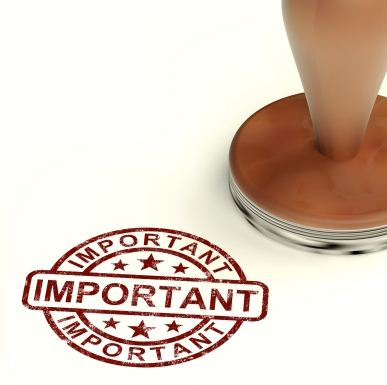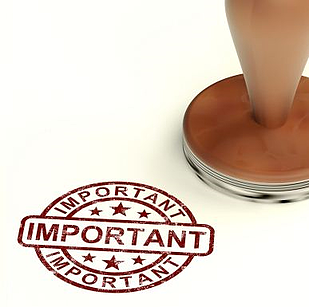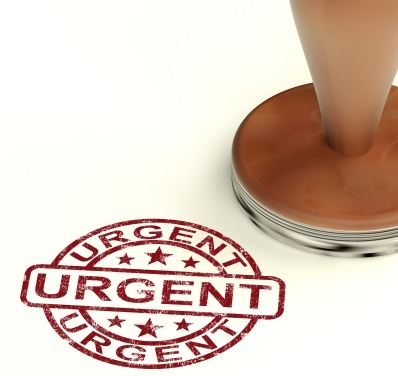Collecting Unpaid Invoices: Prioritize A/R Collection Calls (Part 3)
In the first part of this series you learned 7 ways to differentiate your high priority accounts and why figuring this out is hugely important to ...
2 min read
Jeanne Lee Wed, Aug 28, 2013

 The first part of this blog series Collecting Unpaid Invoices (Part I) talked about the importance of prioritizing your collections calls and how to tell which of your many accounts are most important. Assuming you have done those seven things let’s talk about what to do with your list of high priority accounts. You may be excited to get on the phone and start collecting unpaid invoices, but there are a few steps that come before you even touch the phone.
The first part of this blog series Collecting Unpaid Invoices (Part I) talked about the importance of prioritizing your collections calls and how to tell which of your many accounts are most important. Assuming you have done those seven things let’s talk about what to do with your list of high priority accounts. You may be excited to get on the phone and start collecting unpaid invoices, but there are a few steps that come before you even touch the phone.
Step 1: Learn about them. Document their purchase and payment history. This will help you decide what you can expect from them in terms of late invoices. For example, if a company historically pays in 60 days, that is what you should expect from them every time. You may also see in the history that the company has specific paperwork required to get an invoice processed through their system; if this is true make sure your team that does billing and invoices is aware of that.
Step 2: Know who to talk to. By identifying key personnel and building relationships with them, you will not waste your time talking with people who cannot give you results. Focus on personnel who are directly involved in the payment process. For example, AP clerks, approving managers, CFO/Controllers, etc. be sure that your contact information is up to date and figure out their preferred method of conversation- some people prefer the phone while others are more attuned to their email.
Step 3: Establish policies for collections. Work on nailing down a customized strategy for collecting from your priority customers. Adapting to their procedures and protocols will significantly help you in moving paperwork through the system.
Step 4: Monitor changes in payment and/or purchase activity. If you notice a slowdown in payments that can signal financial distress for the customer and is something to keep an eye on. Also pay attention to larger purchases that are unusual based on their history and keep an eye out for new customers that suddenly make a significant purchase. In these cases you should call before you invoice to make sure the purchase was legitimate and will be paid in due course.
Being prepared before you pick up the phone can be more important than the call itself and by taking those four steps with your priority accounts, you will find that your collections activities should smooth themselves out.
In the first part of this blog series collecting unpaid invoices, we mentioned automating all collections that were not priority accounts. Next week, the third and final part of this blog series will focus on best practices for A/R collection automation and how to handle the 80% of your customers who are not priority accounts but equally as important.
About e2b teknologies:
e2b teknologies operates three business units – e2b anytime apps , e2b enterprise, and e2b calibration. e2b enterprise develops custom cloud-based business applications and resells leading ERP accounting software, CRM, HRMS, and other enterprise business software applications from Sage Software, Epicor, Intacct, SugarCRM, and other publishers. e2b anytime is the publisher of; Anytime Commerce B2B ecommerce platform, Anytime Collect, Anytime Assets, Anytime 500, and related Anytime brand products. e2b calibration is an ISO/IEC 17025 accredited calibration and repair laboratory providing a full scope of services (traceable to NIST) for most popular calibration, test, and measurement instruments.
Follow us on twitter @e2bteknologies
We are also on LinkedIn and Facebook
photo credit: freedigitalphotos.net

In the first part of this series you learned 7 ways to differentiate your high priority accounts and why figuring this out is hugely important to ...

In a majority of companies, both large and small, collecting unpaid invoices is a constant battle. There are a number of strategies and best...

A study conducted by Credit Today indicated that 25% of credit departments do not have adequate staff to manage their workload. So if you have ever...